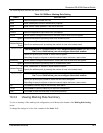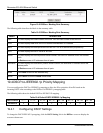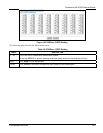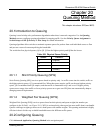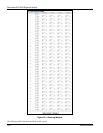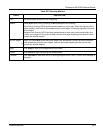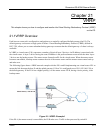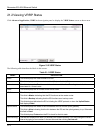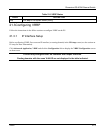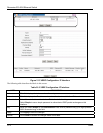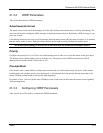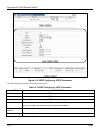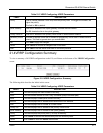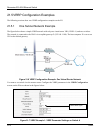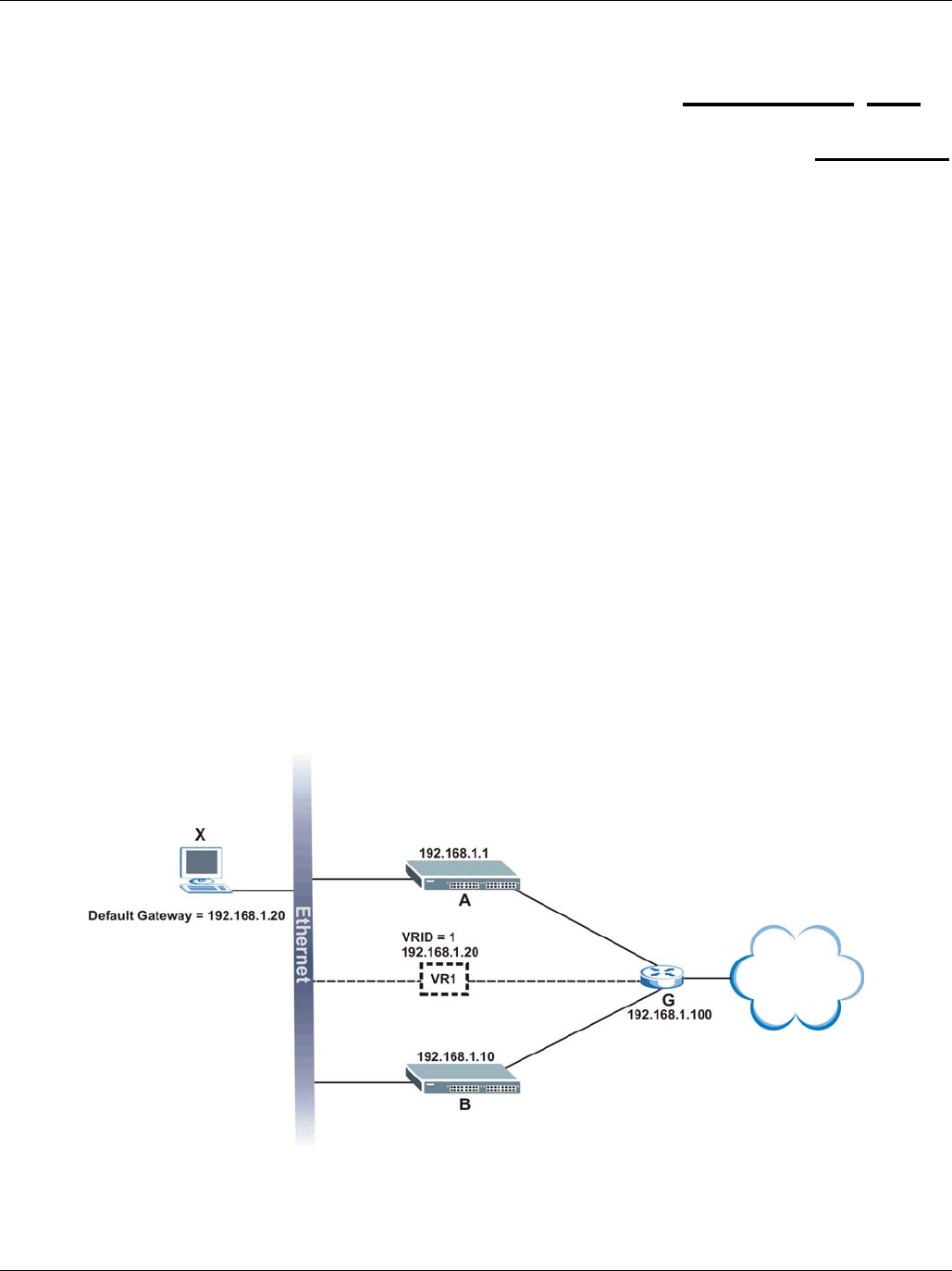
Dimension ES-4024 Ethernet Switch
VRRP 21-1
This chapter shows you how to configure and monitor the Virtual Routing Redundancy Protocol (VRRP)
on the ES.
21.1 VRRP Overview
Each host on a network is configured to send packets to a statically configured default gateway (the ES). The
default gateway can become a single point of failure. Virtual Routing Redundancy Protocol (VRRP), defined in
RFC 2338, allows you to create redundant backup gateways to ensure that the default gateway of a host is always
available.
In VRRP, a virtual router (VR) represents a number of physical layer-3 devices. An IP address is associated with
the virtual router. A layer-3 device having the same IP address is the preferred master router while the other Layer-
3 devices are the backup routers. The master router forwards traffic for the virtual router. When the master router
becomes unavailable, a backup router assumes the role of the master router until the master router comes back up
and takes over.
The following figure shows a VRRP network example with the ES A and B implementing one virtual router VR1 to
ensure the link between the host X and the uplink gateway G. Host X is configured to use VR1 (192.168.1.20) as
the default gateway. If the ES A has a higher priority, it is the master router. ES B, having a lower priority, is the
backup router.
Figure 21-1 VRRP: Example 1
If the ES A (the master router) is unavailable, the ES B takes over. Traffic is then processed by switch B.
Chapter 21
VRRP



